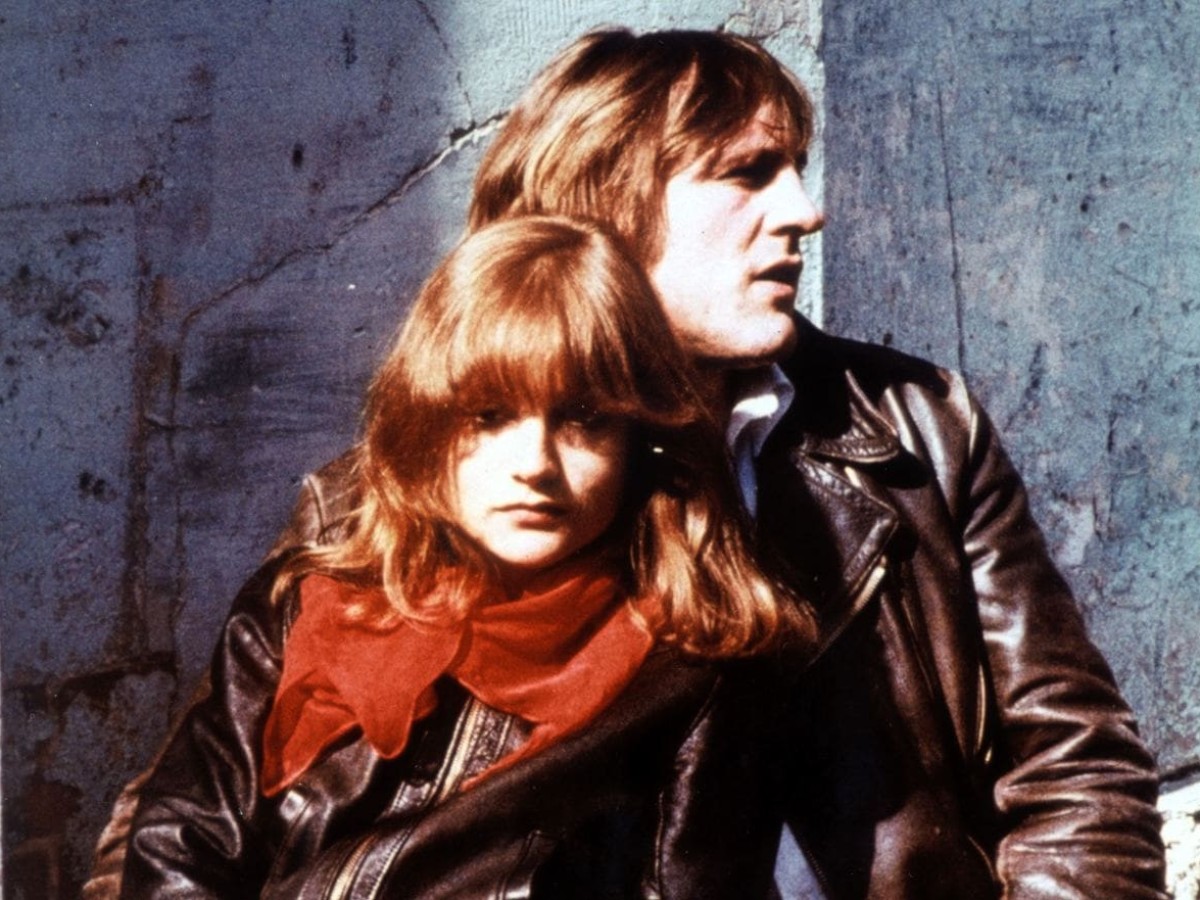Maurice Pialat
May 1 to 11, 2004
"What is possible in life and what isn't – with Pialat this is an open secret, as open as a wound, or the sea." (Bert Rebhandl)
In May, the Austrian Film Museum will be showing the complete works of one of world cinema's great mavericks. Maurice Pialat (1925-2003) had the reputation of making no compromises and being "difficult". His inclination for confrontations and the rough beauty of his characters – "disquieting, accelerated precision", as Serge Daney put it – are what distinguish his slim oeuvre, made up of ten feature films, a few short films and a monumental television project (La Maison des bois) which can now be discovered outside of France for the first time.
As was the case with Jacques Tati and Nicholas Ray, Maurice Pialat had lived for a long time before he devoted his energies to directing film. The working-class and lower middle-class milieu in which he grew up and in which he got by doing various jobs are the preferred terrain of his films. His interest in cinema was kindled in the 1950's; working in no particular rush, he first assembled a few short films, including his first major work, L'Amour existe (1960), and four impressive films on Turkey.
It wasn't until 1969 that Pialat made his feature film début, at the age of 44. L'Enfance nue, a diamond in the rough, already exhibits all the characteristics of his style: an almost documentary approach to the topic marked by long hand-held camera shots; the use of non-professional actors; abrupt editing, which places sections of the story next to each other with no indication as to the time elapsed in between; and above all, the refusal to offer any easy explanations to the viewer for the unpredictable behaviour of the protagonists.
The fact that Pialat had been active for a long time as a painter before turning to films is something that is barely noticeable in his works up to the 80's. His was a search for a cinema of absolute spontaneity and physicality at the expense of refined composition and psychology. As a result, he was often labelled the "French Cassavetes". One can find equal traces of the Jean Renoir tradition in his works: toughened and darkened, but no less humanistic at the core.
Pialat continued his path with such magnicificent works as Nous ne vieillirons pas ensemble (1972) and La Gueule ouverte (1974), but it wasn't until Loulou (1980), which marked the beginning of a long-lasting collaboration with Gérard Depardieu, that he finally cracked the resistance his films had previously encountered with French audiences. For his masterpiece A nos amours (1983), Pialat discovered the young Sandrine Bonnaire. This film met with international acclaim and it led to Pialat's having access to larger budgets for the first time in his career. He next took on genre cinema (Police, 1985), and followed this with two exceptional historical works: the dark Georges Bernanos adaptation Sous le soleil de satan (1987), which won the Golden Palm in Cannes, and Van Gogh (1991), with Jacques Dutronc in the title role – one of the greatest and most moving films ever made.
Le Garçu (1995) marked a return to the unpolished aesthetic of his earlier films and constitutes a melancholy and unreconciled summary of his work – a final, conflicted family film, with Pialat's four-year-old son in the leading role.
This Retrospective takes place with the support of Sylvie Pialat, the Institut Français de Vienne, and the French Foreign Ministry. Sylvie Pialat, who administers the estate of her late husband, will be present at the Film Museum. She will introduce the hitherto unknown early works from the 50's and speak about the background of Pialat‘s creative work.
Related materials
